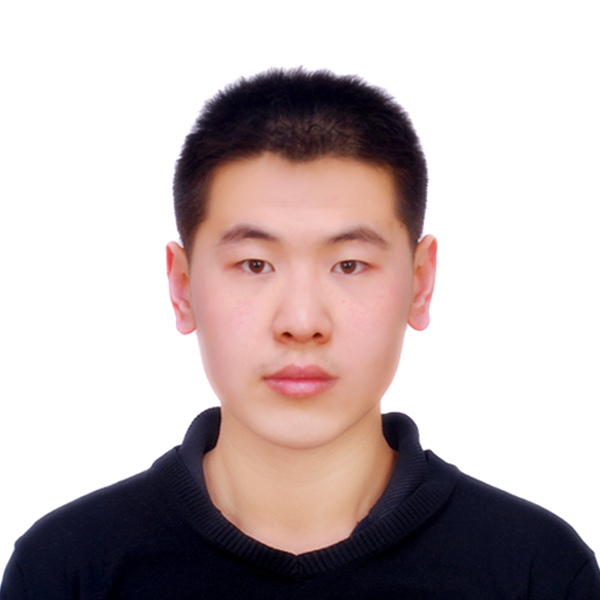Program Information
Automated Segmentation with Post-Registration Atlas Selection Based On Mutual Information
X Ren1*, G Sharp2 , H Gao3 , (1) Shanghai Jiao Tong University, Shanghai, Shanghai, (2) Massachusetts General Hospital, Boston, MA, (3) Shanghai Jiao Tong University, Shanghai, Shanghai
Presentations
SU-E-J-132 (Sunday, July 12, 2015) 3:00 PM - 6:00 PM Room: Exhibit Hall
Purpose: The delineation of targets and organs-at-risk is a critical step during image-guided radiation therapy, for which manual contouring is the gold standard. However, it is often time-consuming and may suffer from intra- and inter- rater variability. The purpose of this work is to investigate the automated segmentation.
Methods: The automatic segmentation here is based on mutual information (MI), with the atlas from Public Domain Database for Computational Anatomy (PDDCA) with manually drawn contours.
Using dice coefficient (DC) as the quantitative measure of segmentation accuracy, we perform leave-one-out cross-validations for all PDDCA images sequentially, during which other images are registered to each chosen image and DC is computed between registered contour and ground truth. Meanwhile, six strategies, including MI, are selected to measure the image similarity, with MI to be the best.
Then given a target image to be segmented and an atlas, automatic segmentation consists of: (a) the affine registration step for image positioning; (b) the active demons registration method to register the atlas to the target image; (c) the computation of MI values between the deformed atlas and the target image; (d) the weighted image fusion of three deformed atlas images with highest MI values to form the segmented contour.
Results: MI was found to be the best among six studied strategies in the sense that it had the highest positive correlation between similarity measure (e.g., MI values) and DC. For automated segmentation, the weighted image fusion of three deformed atlas images with highest MI values provided the highest DC among four proposed strategies.
Conclusion: MI has the highest correlation with DC, and therefore is an appropriate choice for post-registration atlas selection in atlas-based segmentation.
Funding Support, Disclosures, and Conflict of Interest: Xuhua Ren and Hao Gao were partially supported by the NSFC (#11405105), the 973 Program (#2015CB856000) and the Shanghai Pujiang Talent Program (#14PJ1404500).
Contact Email:


